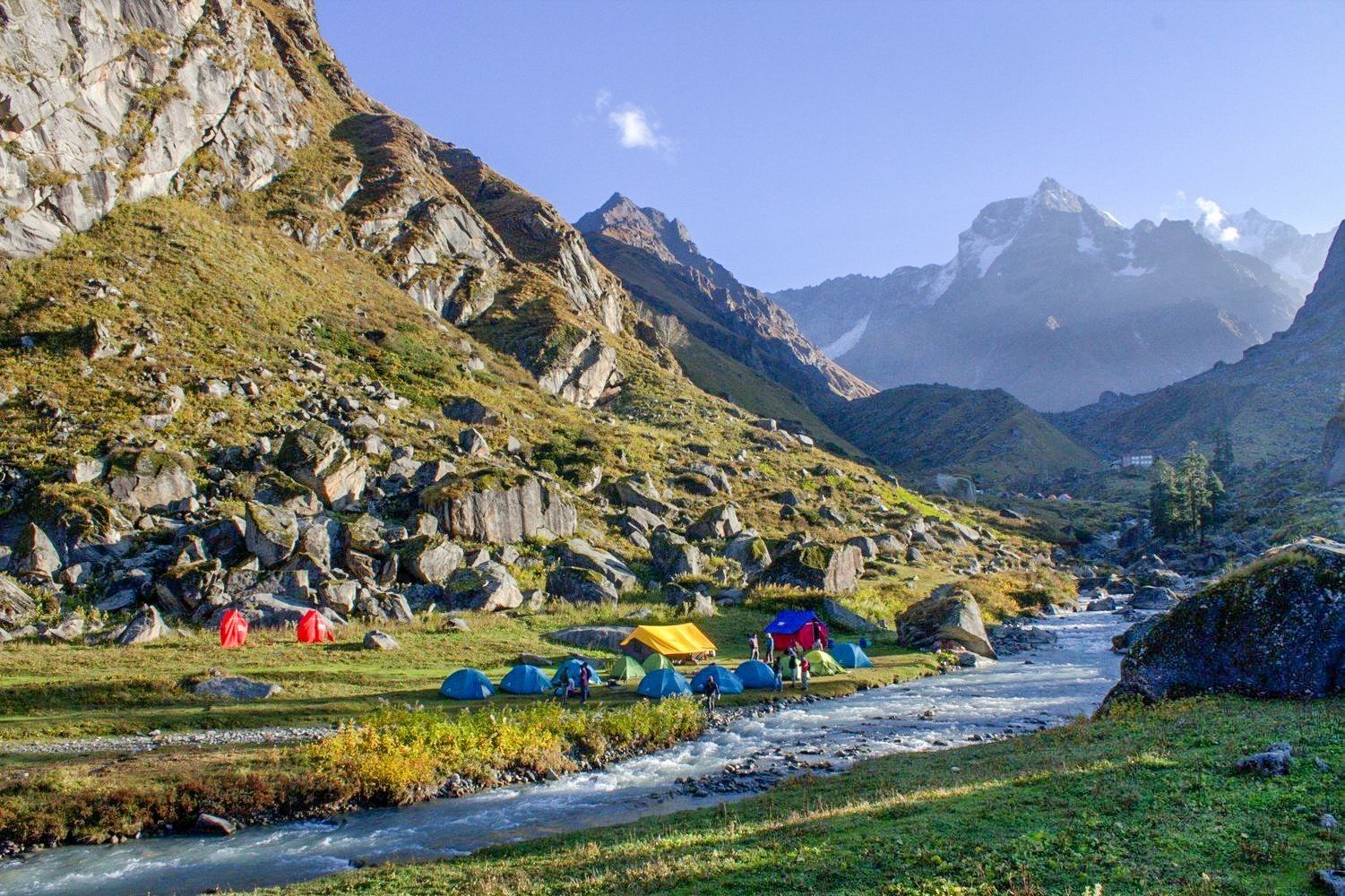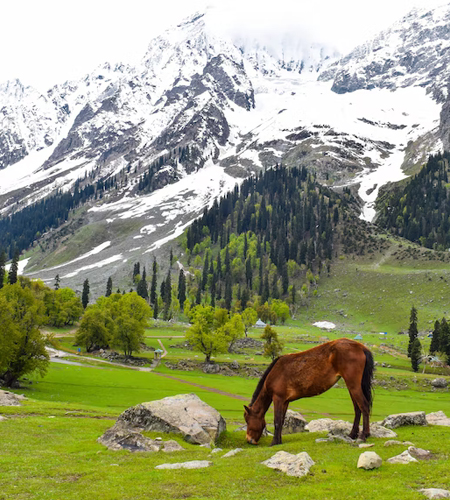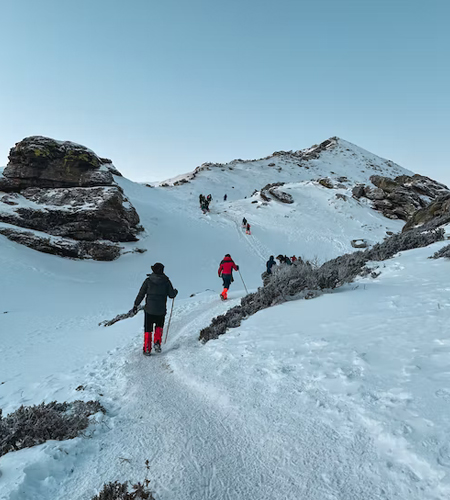Booking Detail
Har ki Dun Trek
- 7 Days
- 6 Nights
- 20% Advance
- Best Price Guarantee!
- Lenient Cancellation Terms
Batch Availability
01-12-2021 to 06-12-2022 (Available)
02-12-2021 to 07-12-2022 (Available)
03-12-2021 to 08-12-2022 (Available)
04-12-2021 to 09-12-2022 (Available)
05-12-2021 to 10-12-2022 (Available)
06-12-2021 to 11-12-2022 (Available)
07-12-2021 to 12-12-2022 (Available)
08-12-2021 to 13-12-2022 (Available)
09-12-2021 to 14-12-2022 (Available)
10-12-2021 to 15-12-2022 (Available)
27-01-2021 to 01-02-2022 (Available)
28-01-2021 to 02-02-2022 (Available)
29-01-2021 to 03-02-2022 (Available)
30-01-2021 to 04-02-2022 (Available)
31-01-2021 to 05-02-2022 (Available)
Why Outside Explorer?
❤ GUIDES
Certified, Experienced, Soft Spoken and Well Mannered Local Trekking Guides
❤ EXPERTISE
We have been managing trekking events from last few years, which proves that we are experts of our field.
❤ 1000+ TOURS DONE
Till now we have done more than 1000 tours across India.
❤ POCKET FREINDLY PACKAGES
Our packages are very cost effective as compare to other travel agencies.
❤ VERIFIED REVIEWS
Our customers review us as one of the best trekking agency in Uttarakhand.
Frequently Asked Questions (FAQ's)
1Is a guide necessary for Har Ki Dun Trek?
Har Ki Dun Trek is moderate and can be trek easily but if you are a beginner then it is a perfect idea to go with a guide. Because as a beginner you are not familiar with the conditions there, you can't find the right spot and shelter and it can make your trek difficult.
2 Does it snow in the Har ki Dun by the middle of December?
Yes!! Har ki Dun is one of the best treks in the himalayas. It can be trekked easily by beginners as well as experienced trekkers.
3Which is the best season for the Har Ki Dun Trek?
The best season for the Har Ki Dun Trek is in Summers (April – June) and Post Monsoon (September – November).
Top Tips for Trekkers
Before you load up your backpack with trekking socks and Kendal mint cake, give some thought to the infrastructure on the route you plan to conquer. Some treks require total self-sufficiency, sleeping under canvas and purifying water as you go; other routes have refuges or rustic teahouses every step of the way. Here are some of the key considerations:
- Travel light: every extra gram will weigh you down on the trails; if it isn't essential, leave it behind.
- Respect your feet: boots offer more support, but all-terrain trainers are lighter and dry more quickly after a soaking.
- Protect your knees: trekking poles can help control the knee-crushing descents that are a feature of pretty much every trek.
- Climb slowly: Acute Mountain Sickness (AMS) can kill, so ascend slowly and take rest days to acclimatize on any trek above 2,500m in elevation.
- Heed the weather: when treks go wrong, it's normally because of the weather, so check the forecasts; if conditions look bad, stop somewhere safe and sit it out, rather than pushing on over the next pass.
- Be prepared: don't launch straight from the sofa to the summit–warm up with gentler walks, hikes and runs to get your body used to the exertion.
- Plan ahead: many trekking routes require a permit and advance booking for lodges and camp sites; for some routes, you need to book months ahead.









